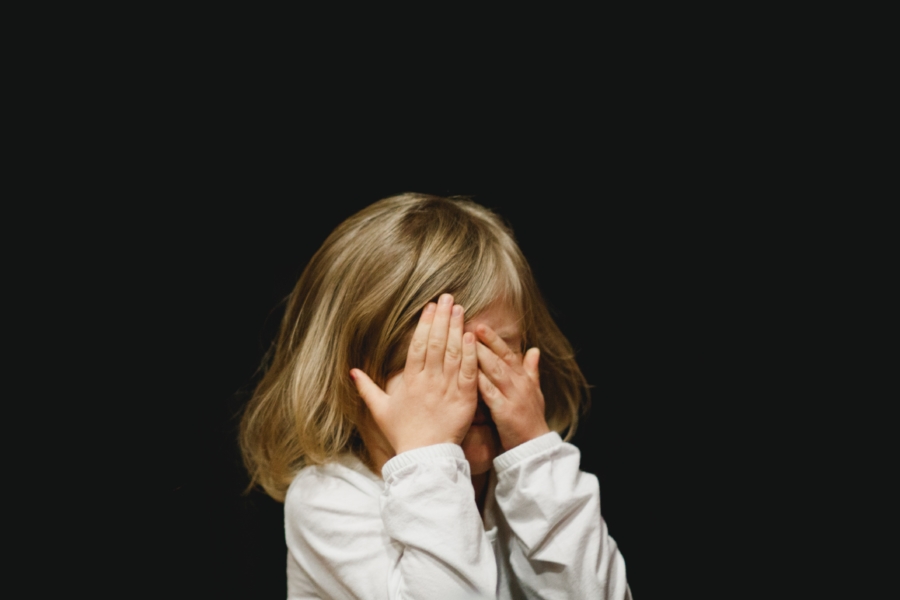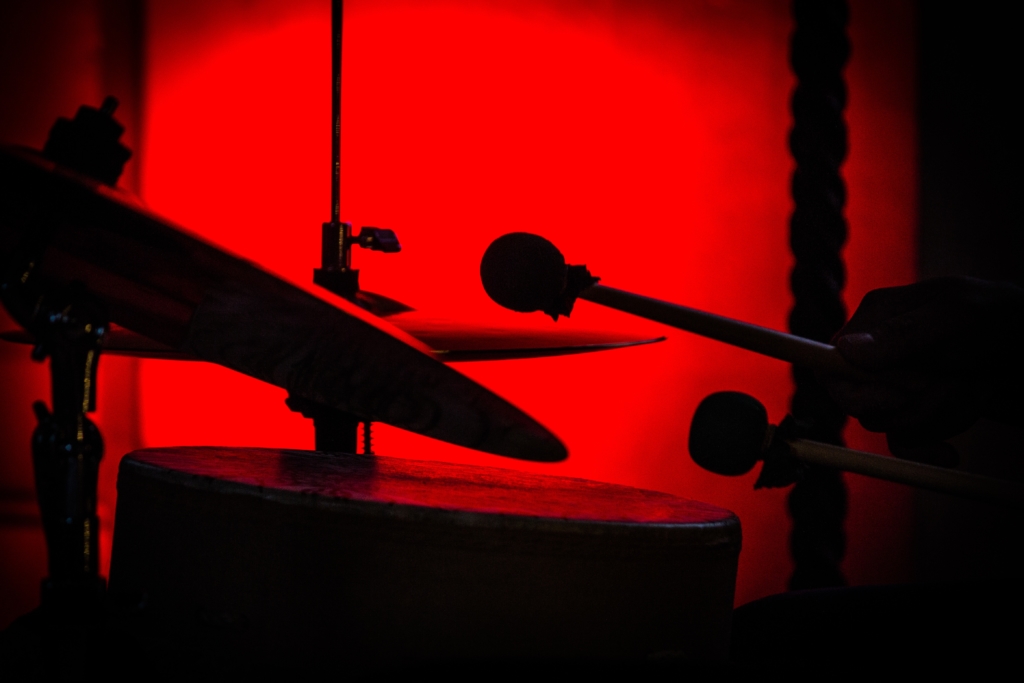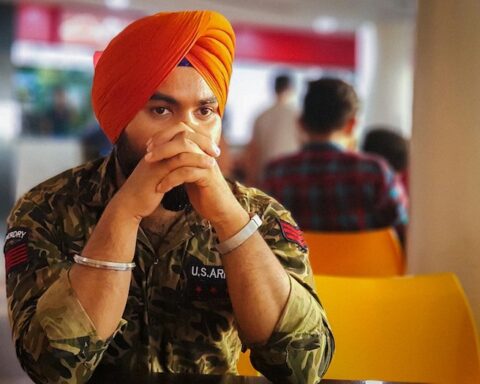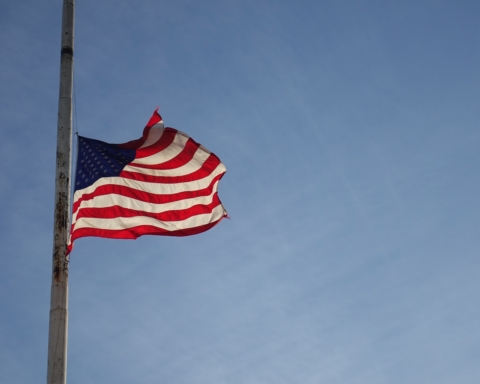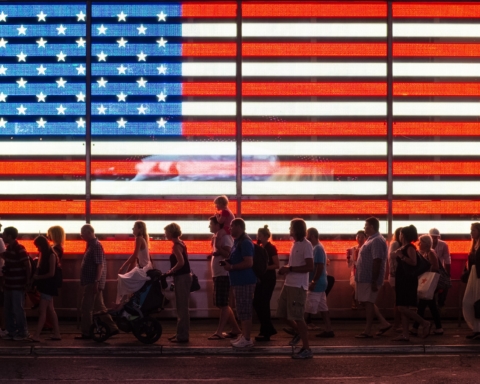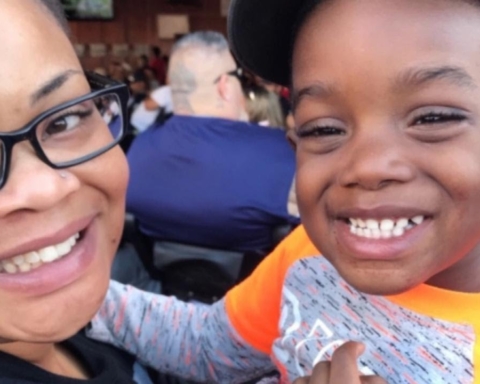1. Reassure children that they are safe.
Convince yourself first. Try. Drink enough
to stop shaking or to believe your hands
weren’t meant for anything else. Don’t jump
at every message from your child’s school.
Throw your smartphone to the curb
and let your child trample it. Violently.
2. Make time to talk.
I love you I love you I love you I love you
there is so little I love you I love you can do
you are my life but what can my words
do to save yours.
3. Keep explanations developmentally appropriate
Early Elementary:
Children are dying. Children like you. Yes, children
are shooting. Yes, adults are shooting. Yes, you
can own a gun. Yes, it is easy to own one, easy
to point and shoot. Easiest of all, to die.
Upper elementary and early middle:
Children are dying. Children like you. Yes, children
are shooting. Yes, adults are shooting Yes, you
a gun because it is easy to own one, easy
to and point and shoot. Easiest of all, to die.
Upper middle and high school:
Children are dying. Children like you. Yes, children
are shooting. Yes, adults are shooting Yes, you
a gun because it is easy to own one, easy
to and point and shoot. Easiest of all, to die.
4. Review safety procedures.
Breathe in. out. in. Breathe. Stay home.
This won’t help. Keep breathing.
5. Observe children’s emotional state.
Changes in behavior, appetite, sleep patterns.
In most children, symptoms will ease
with reassurance and time. If not, seek help.
Medication can help. Seek help. Help. Help.
But you aren’t eating or sleeping. Seek
help. You are not a child. Seek help.
Your child is not a child in this world.
6. Limit television viewing of these events.
Don’t let them hear. Gunshots and sirens
outside your window. Ghosts howling.
Don’t let them open their eyes. The dead
are everywhere.
7. Maintain normal routine.
Hug your children. Hold them. Don’t push
if they seem overwhelmed. Just wait
for the next one to happen. It won’t
take long. Keep holding. Keep holding.
Keep hold. Keep
READ MORE
Talking to children about violence: Tips for parents and teachers [National Association of School Psychologists]
Julia Kolchinsky Dasbach emigrated from Dnepropetrovsk, Ukraine as a Jewish refugee when she was six years old. She holds an MFA in Poetry from the University of Oregon and is a Ph.D. candidate in Comparative Literature at the University of Pennsylvania, where her research focuses on contemporary American poetry about the Holocaust. She has received fellowships from the Bread Loaf and TENT Conferences as well as the Auschwitz Jewish Center. Julia is the author of The Bear Who Ate the Stars (Split Lip Press, 2014) and her recent poems appear in Best New Poets, Poetry Northwest, and Nashville Review, among others. Julia is also Editor-in-Chief of Construction Magazine and when not busy chasing her toddler around the playgrounds of Philadelphia, she writes a blog about motherhood.
Photo by Caleb Woods.

